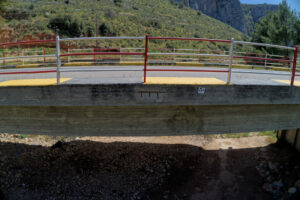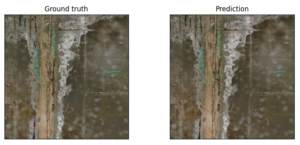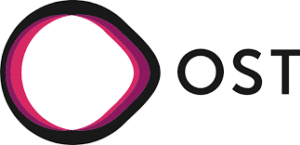Infrastructure assets, such as bridges, need to be inspected regularly. Our objective is to reduce the need for human involvement, minimize risks to health and safety, decrease the impact of subjective engineering assessments, digitize asset management, and promote sustainable inspection practices. By achieving these goals, we aim to develop optimal maintenance strategies for infrastructure assets, leading to better long-term outcomes.
The project proposes an innovative solution to bridge inspection and condition assessment, which combines the use of UAV (drone) flights with automated defect detection using AI. This approach represents a globally emerging trend in infrastructure management.
The developed platform will allow inspections and condition assessments to take place directly on the bridge's digital twin, which will increase efficiency on both inspection and maintenance sides. Targeted interventions can then be made, leading to prolonged life spans and enhanced sustainability effects.


To achieve these benefits, the project will use raw images captured during UAV flights and automate the defect recognition process without any manual interventions.
The project is funded by Innosuisse, and is a collaboration of our team with the innovative company LeanBI and OST.
The role of our group within the automated bridge defect recognition are twofold:
- Develop Self-Supervised learning models able to exploit the images acquired by the UAVs, reducing the annotation effort required for new downstream task (new bridge types, new defect types). The goal is the be able to train efficiently new segmentation models with a small number of annotated images. This would facilitate the development of new models for new types of infrastructure or defect. To this end, our research are focus on the latest methods in Contrastive Learning applied to image segmentation and Data Augmentation.
- Develop automatic Out-Of-Distribution method working with image segmentation models. Here, we want first to develop methods able to detect if the sample analyzed (a bridge) is too different from the training samples of the model currently used and, secondly, to adapt them accordingly to the change.
Partners:
